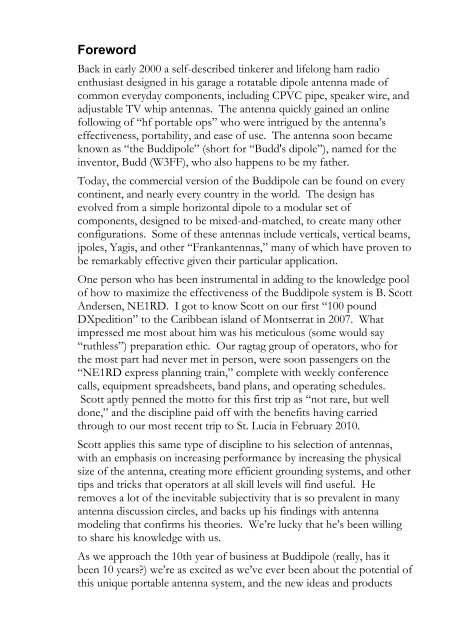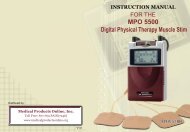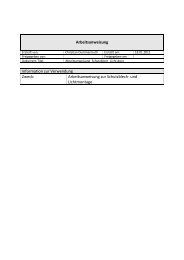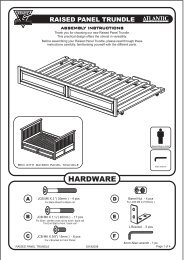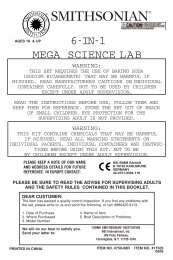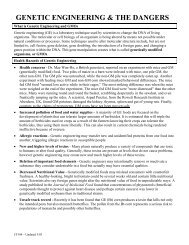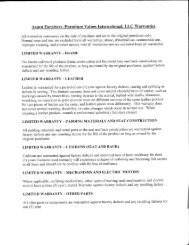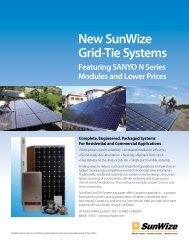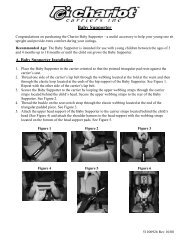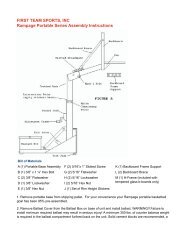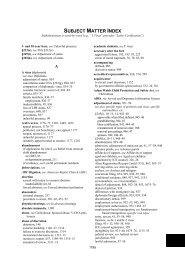BUDDIPOLE IN THE FIELD
BUDDIPOLE IN THE FIELD
BUDDIPOLE IN THE FIELD
Create successful ePaper yourself
Turn your PDF publications into a flip-book with our unique Google optimized e-Paper software.
Foreword<br />
Back in early 2000 a self-described tinkerer and lifelong ham radio<br />
enthusiast designed in his garage a rotatable dipole antenna made of<br />
common everyday components, including CPVC pipe, speaker wire, and<br />
adjustable TV whip antennas. The antenna quickly gained an online<br />
following of “hf portable ops” who were intrigued by the antenna’s<br />
effectiveness, portability, and ease of use. The antenna soon became<br />
known as “the Buddipole” (short for “Budd's dipole”), named for the<br />
inventor, Budd (W3FF), who also happens to be my father.<br />
Today, the commercial version of the Buddipole can be found on every<br />
continent, and nearly every country in the world. The design has<br />
evolved from a simple horizontal dipole to a modular set of<br />
components, designed to be mixed-and-matched, to create many other<br />
configurations. Some of these antennas include verticals, vertical beams,<br />
jpoles, Yagis, and other “Frankantennas,” many of which have proven to<br />
be remarkably effective given their particular application.<br />
One person who has been instrumental in adding to the knowledge pool<br />
of how to maximize the effectiveness of the Buddipole system is B. Scott<br />
Andersen, NE1RD. I got to know Scott on our first “100 pound<br />
DXpedition” to the Caribbean island of Montserrat in 2007. What<br />
impressed me most about him was his meticulous (some would say<br />
“ruthless”) preparation ethic. Our ragtag group of operators, who for<br />
the most part had never met in person, were soon passengers on the<br />
“NE1RD express planning train,” complete with weekly conference<br />
calls, equipment spreadsheets, band plans, and operating schedules.<br />
Scott aptly penned the motto for this first trip as “not rare, but well<br />
done,” and the discipline paid off with the benefits having carried<br />
through to our most recent trip to St. Lucia in February 2010.<br />
Scott applies this same type of discipline to his selection of antennas,<br />
with an emphasis on increasing performance by increasing the physical<br />
size of the antenna, creating more efficient grounding systems, and other<br />
tips and tricks that operators at all skill levels will find useful. He<br />
removes a lot of the inevitable subjectivity that is so prevalent in many<br />
antenna discussion circles, and backs up his findings with antenna<br />
modeling that confirms his theories. We’re lucky that he’s been willing<br />
to share his knowledge with us.<br />
As we approach the 10th year of business at Buddipole (really, has it<br />
been 10 years?) we’re as excited as we’ve ever been about the potential of<br />
this unique portable antenna system, and the new ideas and products


